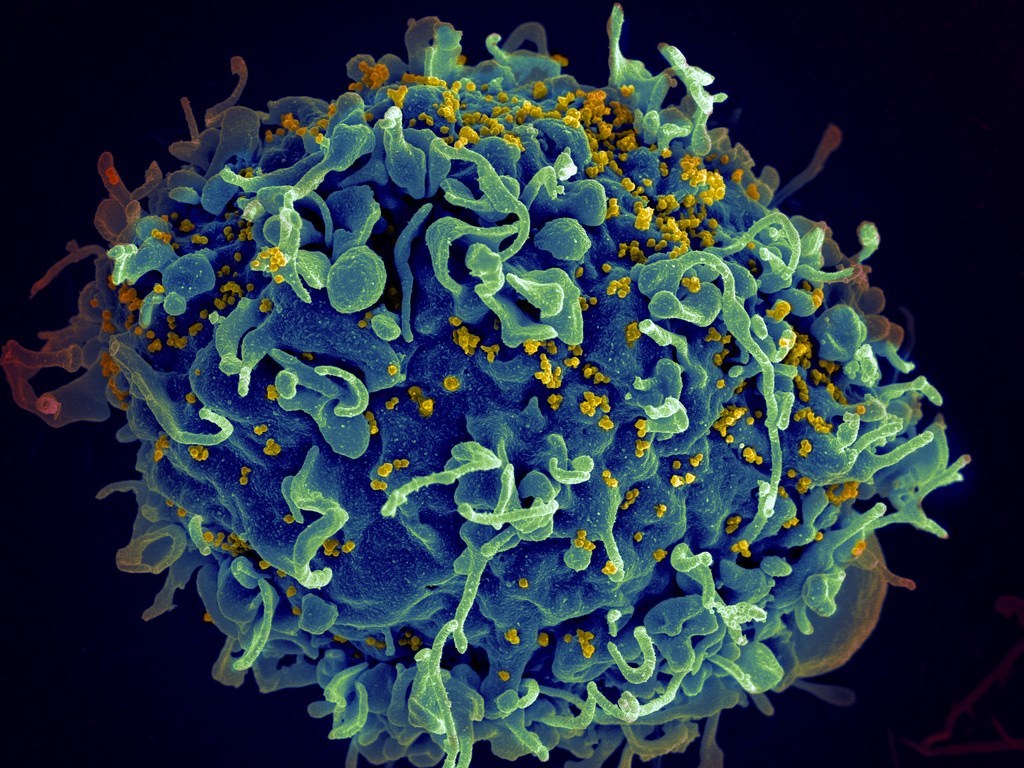One of the greatest scourges of the mid 20th century, leading into the 21st century, has been the human immunodeficiency virus, better known as HIV, which can lead to acquired immune deficiency syndrome (AIDS). HIV is a virus that attacks a person’s immune system. Without treatment, over time HIV can completely destroy a person’s immune system leaving them mortally vulnerable to common pathogens that would otherwise be easily dealt with. Since this disease first burst onto the scene in the mid-20th century it has claimed countless lives, and science has struggled to develop a cure given the ability of the disease to rapidly change and hide-out in the body.

Despite the difficulty in constraining a cure for HIV, science has remained resilient, and recently for the first time ever a group of researchers has completely eliminated HIV in a living animal. Scientists at the Lewis Katz School of Medicine at Temple University (LKSOM) and the University of Pittsburgh demonstrated that they can excise HIV DNA from the genomes of living animals to eliminate further infection. They performed this feat in three different animal models: three groups of mice were infected with the virus; one with HIV-1, another with EcoHIV (mouse version of the virus), and the third with a ‘humanised model’ which was implanted with human T-cells where HIV tends to hide and avoid detection.

Using a DNA editing technique called CRISPR/Cas9, the research team was able to completely remove HIV from the test subjects (i.e., the mice). Think of DNA editing like a biological version of a word processing programme’s ‘find and replace’ function. Defective DNA strands are targeted and “edited out”. Track changes anyone?
This breakthrough has paved the way for human trials because it is the first time scientists have ever achieved complete elimination.
You can read more about this work recently published in Molecular Therapy.
Happy FSF!